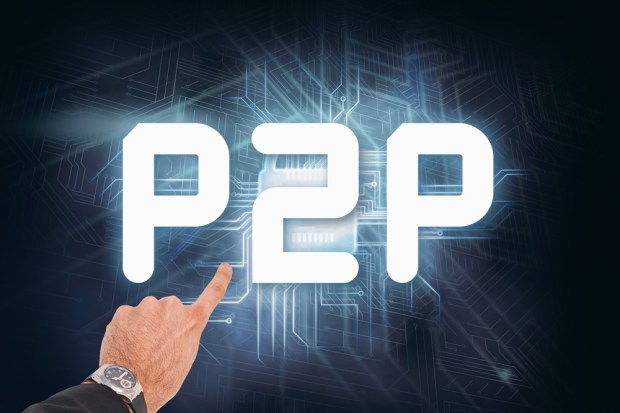Zelle Catches A Growth Wave, Threatening Venmo

The Q2 earnings season has just kicked off, and it’s already helping shedding light on recent developments in the peer-to-peer (P2P) world — most notably, the shape of the ongoing competition between Zelle and Venmo.
The good news about Zelle came earlier this week when Bank of America (BoA) released its second-quarter financials. User data from the financial institution (FI) showed 142 percent year-over-year growth in Zelle P2P transactions to 35.1 million, with a total principle amount of more than $10 billion, which itself was a 100 percent year-over-year increase.
“We believe we account for about 25 percent of Zelle, and this activity will continue to grow as the industry continues to drive this as our standard for P2P payments,” said BoA CEO Brian Moynihan during a post-earnings conference call Monday (July 16) with investors. In 2017, the bank represents a third of all Zelle transactions.
That Q1 growth rate represents an acceleration from the first quarter’s year-over-year growth rate of 131 percent, and helps to demonstrate that Zelle has started to scale.
“Last year, Zelle reported $75 billion of volume growing at 36 percent versus Venmo’s $34.6 billion, growing at 94 percent,” Bank of America said, adding that the P2P service would be at an “inflection point, and [could] pose a threat to Venmo.”
Will Zelle Pass Venmo?
Venmo, owned by PayPal, will fall behind Zelle this year, according to a recent eMarketer projection. The firm said that Zelle will reach 27.4 million users in the U.S. — more than Venmo’s 22.9 million users.
“One of the main hurdles new apps face is building trust and a sizable audience,” said eMarketer Forecasting Analyst Cindy Liu. “But Zelle has leapfrogged the early stages of adoption by having the benefit of being embedded into the already existing apps of participating banks.”
Overall, eMarketer says that users of P2P mobile payment products will rise 30 percent in 2018 to encompass 82.5 million people — or just about 40 percent of smartphone users in the U.S. Zelle may have that bank advantage, but skepticism exists about that, with some studies indicating that only about 20 percent of consumers use those bank-affiliated mobile apps. In addition, observers consider Venmo to have the better-known brand name, and a loyal base of consumers and fans.
PayPal has yet to release its Q2 financials for Venmo. In the first quarter, however, the results of which PayPal announced in late April, Venmo’s total payments volume increased 80 percent year over year to $12 billion. All in all, P2P payments volume was up 50 percent year on year to $30 billion, comprising 23 percent of PayPal’s total transaction volume processes.
Venmo Problems
Venmo, though, might be facing new challenges.
First, a report in The Wall Street Journal earlier this month described how consumers who make faulty payments can have a tough time getting reimbursed. Then, on Tuesday (July 17), the U.K.-based newspaper The Guardian reported that, because the P2P has no default privacy protections, “anyone can track a Venmo user’s purchase history and glean a detailed profile — including their drug deals, eating habits and arguments.”
The story quoted Christine Bannan of the U.S.-based Electronic Privacy Information Center (EPIC), saying, “Venmo is an unusual app because it combines social media with financial transactions. One of those is usually fairly public and one is usually very private, so it’s hard to gauge consumer expectations of privacy.”
For its part, Venmo said the company is always focused on the privacy and safety of its users.
P2P Expansion
No matter what happens with such concerns, both Zelle and Venmo are looking for future areas of expansion and new ways to acquire customers.
Zelle recently found a spot with helping the quicker distribution of insurance checks and other corporate disbursements, a move that could encourage even more use of the P2P service, and a process described in detail during a PYMNTS interview with Drew Edwards, CEO of instant money network Ingo Money, and Lou Anne Alexander, group payments president of the bank-owned Early Warning, which itself owns the digital P2P payments network Zelle.
Venmo, meanwhile, recently announced that is getting into payment cards — specifically, a Mastercard-branded debit card. The aim, according to the company, is to enable consumers who use Venmo to spend their balances in more places.
Consumers can keep track of Venmo purchases via their general Venmo transaction history, “so you can split with Venmo friends or share what you bought on the feed,” the company said. “For those with Venmo notifications enabled, you’ll be notified on your phone with each swipe.”
The ongoing earnings season will bring more news about P2P payments and how the competition between Zelle and Venmo is playing out. The race is far from over, especially as more consumers warm up to the idea of these types of transactions.
